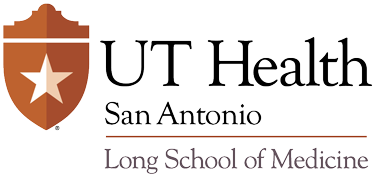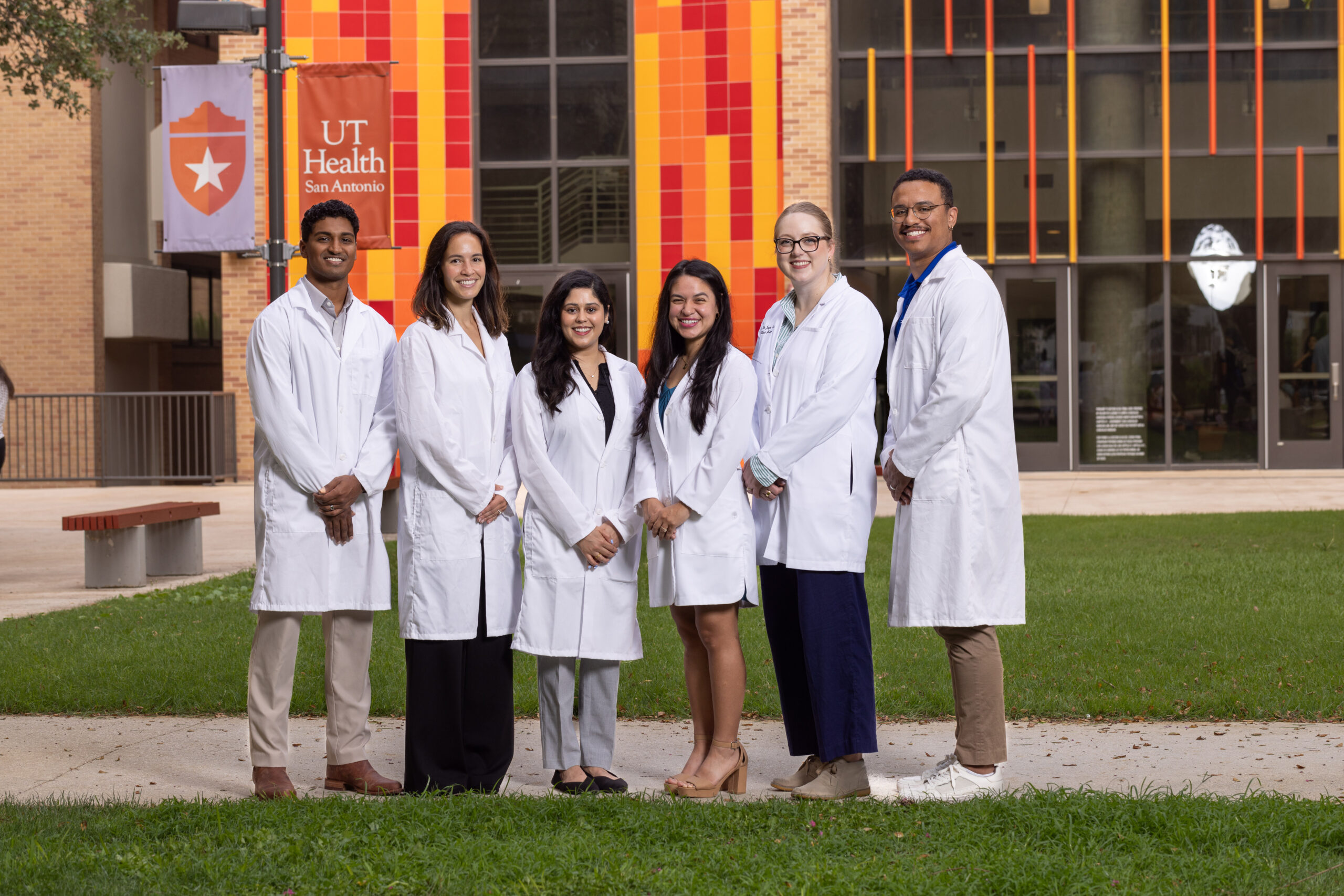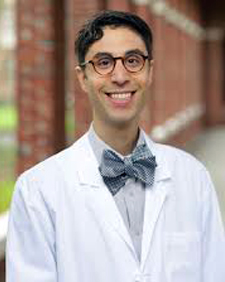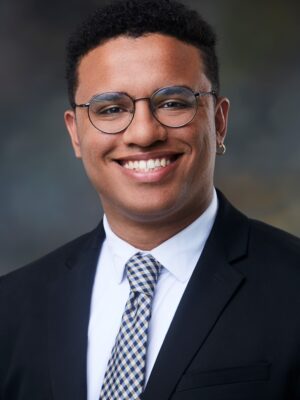Overview
Our residents gain training and experience in all aspects of the field of Physical Medicine and Rehabilitation (PM&R) by utilizing the resources of UT Health San Antonio, the University Health System and the South Texas Veterans Health Care System, in addition to community resources. Our patient population is large and varied, encompasses all age groups, and includes private, indigent and VA patients. We have a very favorable ratio of faculty physicians to residents (17 faculty physiatrists/32 residents), which assures the resident of adequate guidance and supervision and of an optimal teaching program.
Our educational capabilities are, of course, greatly enhanced by the availability of multiple other teaching activities in the Long School of Medicine and the other units of the UT Health San Antonio, all of these are available to our residents, including the UT Health San Antonio medical library, Learning Resources Center and demand access television.
In addition, residents attend interdisciplinary teaching clinics or conferences such as Spine Clinic, Musculoskeletal Clinic, Neuro Rehab Clinic, Amputee/Orthotic/Neurolysis Clinics, PM&R Clinic, Pain Clinic, Spasticity Clinic, Spinal Cord Injury Clinic, and Wheelchair Clinic.
The Department of Rehabilitation Medicine offers an ACGME-accredited four-year categorical residency training program, providing 36 months of Physical Medicine and Rehabilitation training and 12 months of fundamental clinical skills as required by the American Board of Physical Medicine and Rehabilitation.
Don’t forget to check out our competitive Salary and Benefits.


 As Residency Program Director, I place a very heavy emphasis on the quality of education that our residents receive. Learning occurs everywhere during residency – in the clinic, in the hospital, during didactic lectures, and even at home reviewing texts. Learning, however, doesn’t stop with residency. One of my jobs as Program Director is to help nurture curiosity and to support lifelong learning. Shoshin is a word from Zen Buddhism meaning “beginner’s mind.” It refers to having an attitude of openness, eagerness, and a lack of preconceptions when studying a subject, even when studying at an advanced level just as a beginner would. It is this concept that I attempt to embody in my own mind – and to instill in others as well. Even the most expert sub-specialist can learn to see their patients with “fresh eyes”. It is with this philosophy that I apply all of my teachings.
As Residency Program Director, I place a very heavy emphasis on the quality of education that our residents receive. Learning occurs everywhere during residency – in the clinic, in the hospital, during didactic lectures, and even at home reviewing texts. Learning, however, doesn’t stop with residency. One of my jobs as Program Director is to help nurture curiosity and to support lifelong learning. Shoshin is a word from Zen Buddhism meaning “beginner’s mind.” It refers to having an attitude of openness, eagerness, and a lack of preconceptions when studying a subject, even when studying at an advanced level just as a beginner would. It is this concept that I attempt to embody in my own mind – and to instill in others as well. Even the most expert sub-specialist can learn to see their patients with “fresh eyes”. It is with this philosophy that I apply all of my teachings. “Southern hospitality” meets “hospital” here at the University of Texas Health Science Center at San Antonio. The Lone Star State is known for its good food, kind people, and low cost of living among many other things. Fortunately for our residents, our program is known for the same. We are one of the country’s largest PM&R programs; because of that, and our location, we have incredible training opportunities. The larger size of our program is not only a benefit when it comes to spreading the call load, but it also means you have that many more people who are happy and willing to answer questions or offer mentorship. The program itself has many tangible training benefits including training at a county hospital, VA, one of five polytrauma centers in the country, diverse inpatient and outpatient opportunities, academic and private practice models, bountiful opportunities for procedures (starting intern year!), tons of research, access to most sub-specialties, and faculty and staff who are leaders in their respective fields. In particular several of our attendings lead their respective fields and have quite literally written entire textbooks on spasticity and EMGs. The mixture of tangible and intangible benefits gained from our program makes UT Health San Antonio a special place. We really are one big, happy, and well-trained family here at UT Health San Antonio PM&R!
“Southern hospitality” meets “hospital” here at the University of Texas Health Science Center at San Antonio. The Lone Star State is known for its good food, kind people, and low cost of living among many other things. Fortunately for our residents, our program is known for the same. We are one of the country’s largest PM&R programs; because of that, and our location, we have incredible training opportunities. The larger size of our program is not only a benefit when it comes to spreading the call load, but it also means you have that many more people who are happy and willing to answer questions or offer mentorship. The program itself has many tangible training benefits including training at a county hospital, VA, one of five polytrauma centers in the country, diverse inpatient and outpatient opportunities, academic and private practice models, bountiful opportunities for procedures (starting intern year!), tons of research, access to most sub-specialties, and faculty and staff who are leaders in their respective fields. In particular several of our attendings lead their respective fields and have quite literally written entire textbooks on spasticity and EMGs. The mixture of tangible and intangible benefits gained from our program makes UT Health San Antonio a special place. We really are one big, happy, and well-trained family here at UT Health San Antonio PM&R!